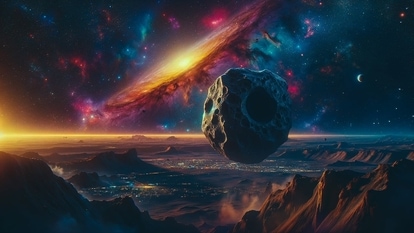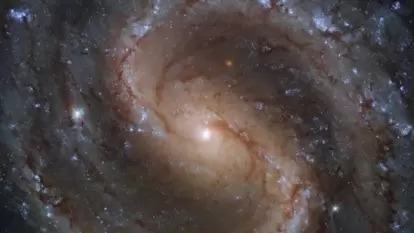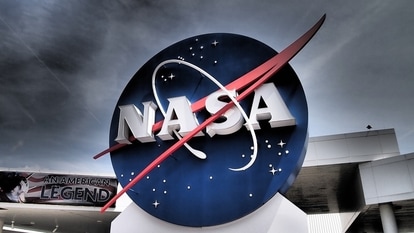NASA Astronomy Picture of the Day 8 June 2023: The amazing Elephant's Trunk Nebula
Today’s NASA Astronomy Picture of the Day is the Elephant’s Trunk Nebula, located about 3000 light-years from Earth towards the constellation of Cepheus.
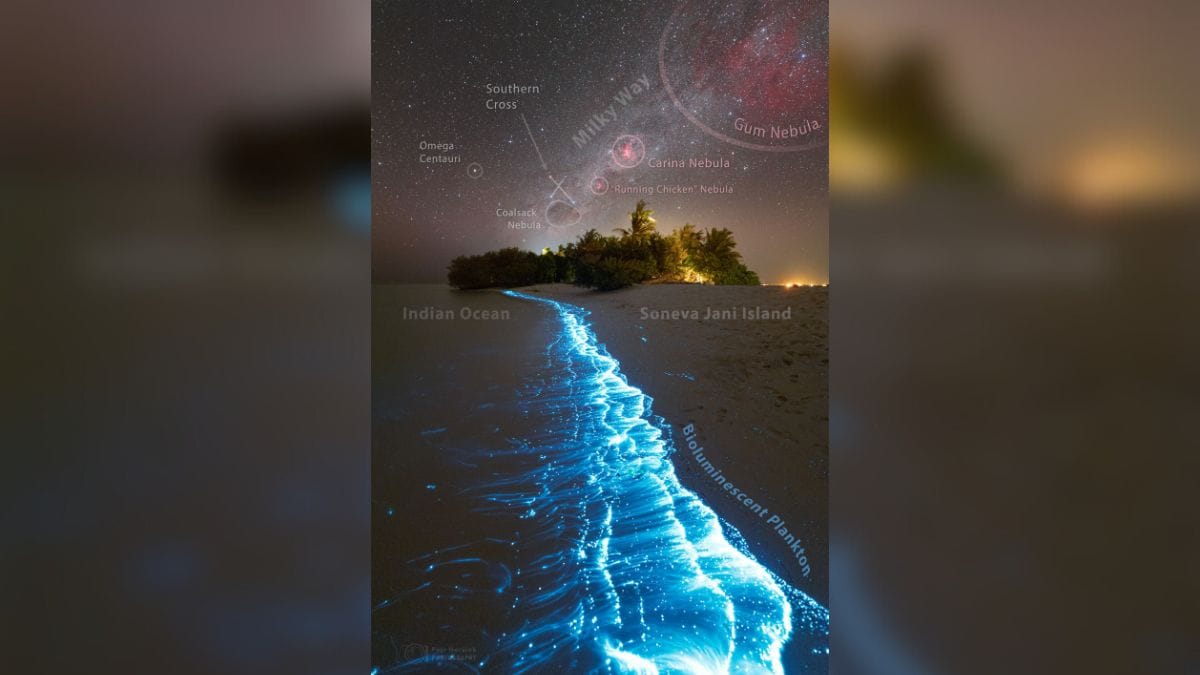
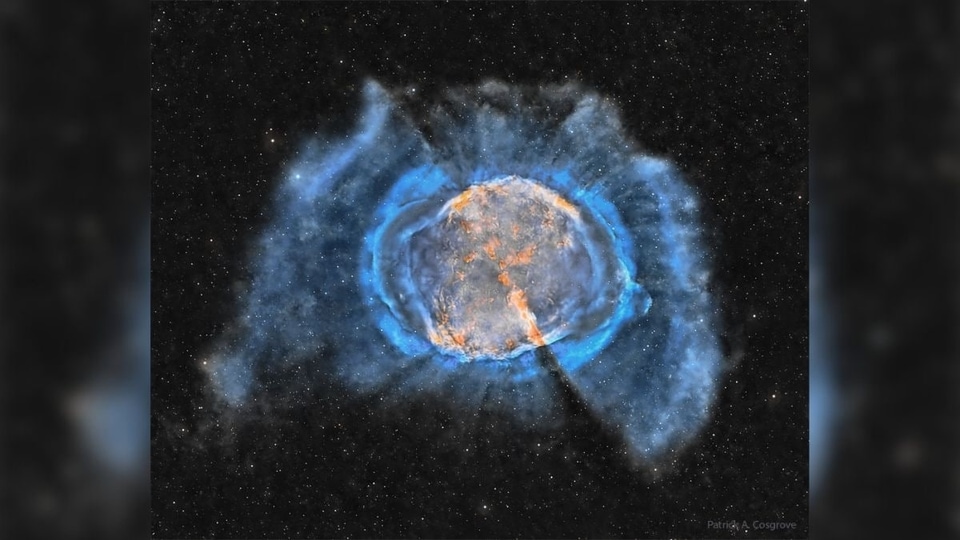

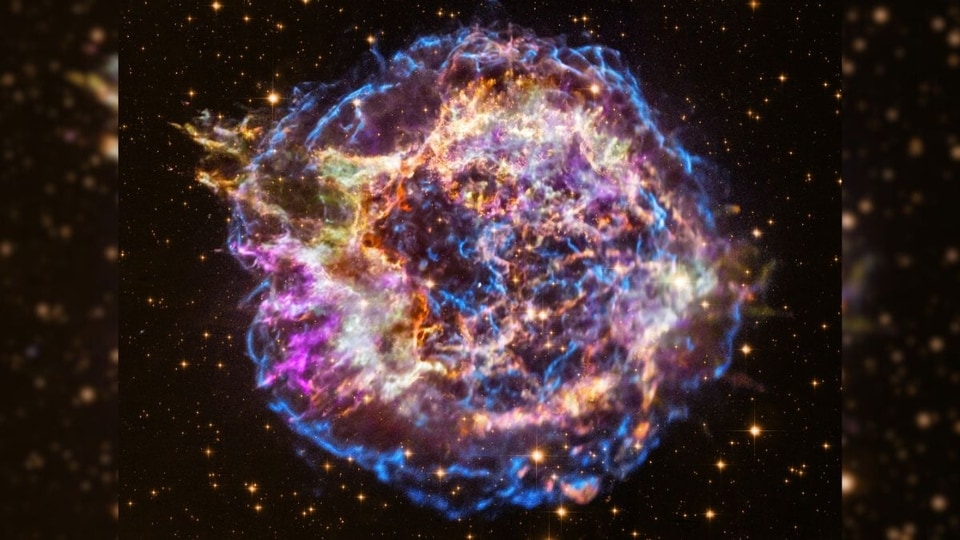

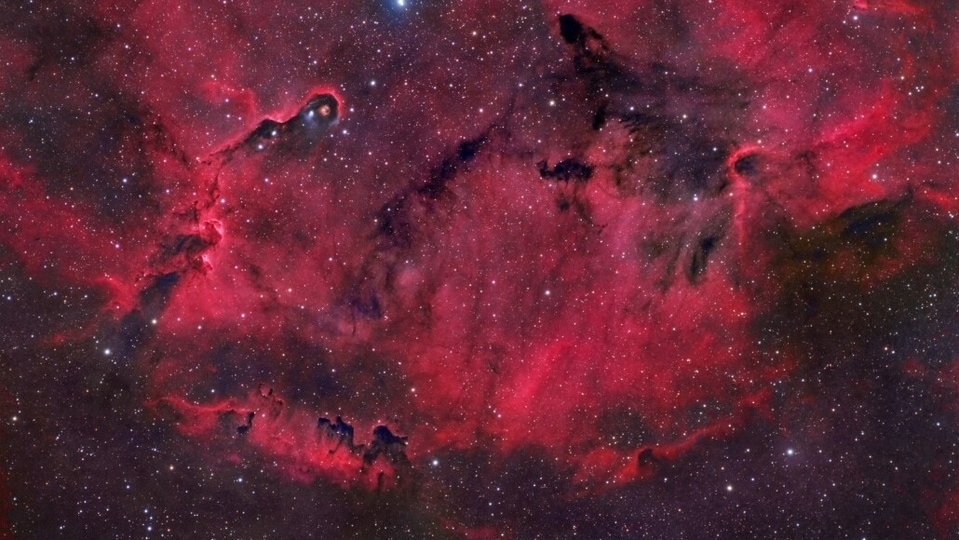
 View all Images
View all ImagesNebulas exist in the space between stars, known as the Interstellar space. In fact, there is a Nebula close to Earth which could possibly be the remnant of the dying star, according to NASA. It is called the Helix Nebula and is located approximately 700 light-years away from Earth. NASA captures the Nebulas with the help of its Spitzer Space Telescope, Hubble Space Telescope, and the new James Webb Space Telescope.
Today's NASA Astronomy Picture of the Day is the Elephant's Trunk Nebula, located about 3000 light-years from Earth towards the constellation of Cepheus. This nebula resides in a young star cluster, given the designation of IC 1396. According to NASA, it has a magnitude of 3.5 and is visible to the unaided eye as a faint patch on a completely dark night. Beneath the nebula are dark shapes known as The Caravan.
This awesome snapshot was captured by astrophotographer Steve Cannistra.
NASA's description of the picture
Like an illustration in a galactic Just So Story, the Elephant's Trunk Nebula winds through the emission region and young star cluster complex IC 1396, in the high and far off constellation of Cepheus. Seen on the left the cosmic elephant's trunk, also known as vdB 142, is over 20 light-years long. This detailed telescopic view features the bright swept-back ridges and pockets of cool interstellar dust and gas that abound in the region. But the dark, tendril-shaped clouds contain the raw material for star formation and hide protostars within.
Nearly 3,000 light-years distant, the relatively faint IC 1396 complex covers a large region on the sky, spanning over 5 degrees. This rendition spans a 1 degree wide field of view though, about the angular size of 2 full moons. Of course the dark shapes below and to the right of the outstretched Elephant's Trunk, are known to some as The Caravan.
Catch all the Latest Tech News, Mobile News, Laptop News, Gaming news, Wearables News , How To News, also keep up with us on Whatsapp channel,Twitter, Facebook, Google News, and Instagram. For our latest videos, subscribe to our YouTube channel.



